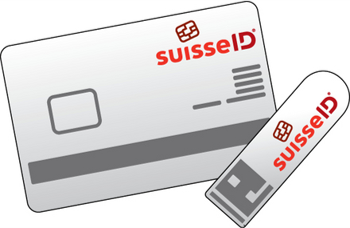
According to CO 14, the qualified electronic signature associated with a qualified time stamp is equivalent to a handwritten signature under the Federal Act on Electronic Signatures (ZertES). Important: this signature is not simply a scanned signature, but a purely electronic signature that functions de facto like a login, e.g. in e-banking. Such a digital signature usually consists of a hardware part (usually a card with chip or a USB stick with chip) and a password.
To obtain a qualified digital signature, one must contact one of the certified providers (list of certification service providers recognised under ZertES). In my case this was the post office, which subsequently issued me a «SuisseID». For this I had to identify myself at a post office counter with my national identity card. I was then given a USB stick with a chip and a pin code. I had to plug the stick into the PC. I also had to download a corresponding software. Now I can sign a PDF document very easily. This is done by inserting a signature via the appropriate programme and entering the corresponding pin code. If I now send this qualified digitally signed PDF document to an addressee, he or she can click on the signature. Subsequently, a Swiss Post server or the partner of Swiss Post confirms to the addressee that the document has effectively been digitally signed by me.
The application possibilities of a qualified digital signature are currently not particularly large. As attorneys at law, we can, for example, submit submissions to the courts digitally or by online mail using an additional Swiss Post infrastructure (IncaMail). Or we can digitally sign expense receipts, for example. This could also be used to conclude contracts, but we have not yet done this in practice.
